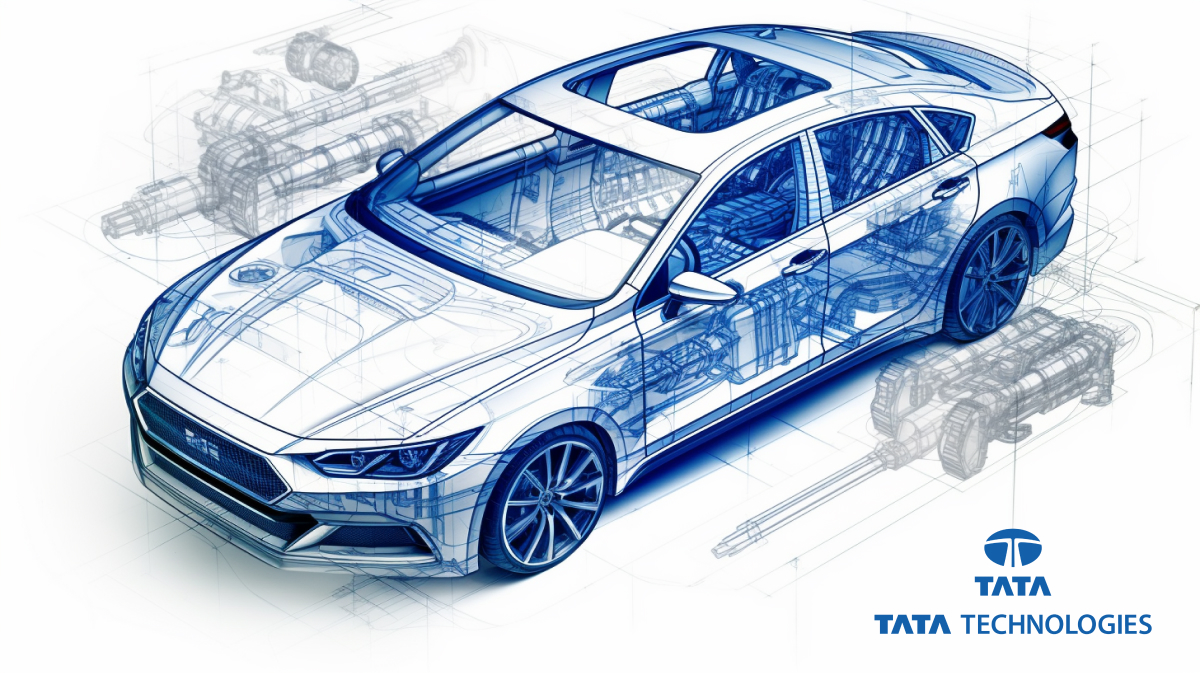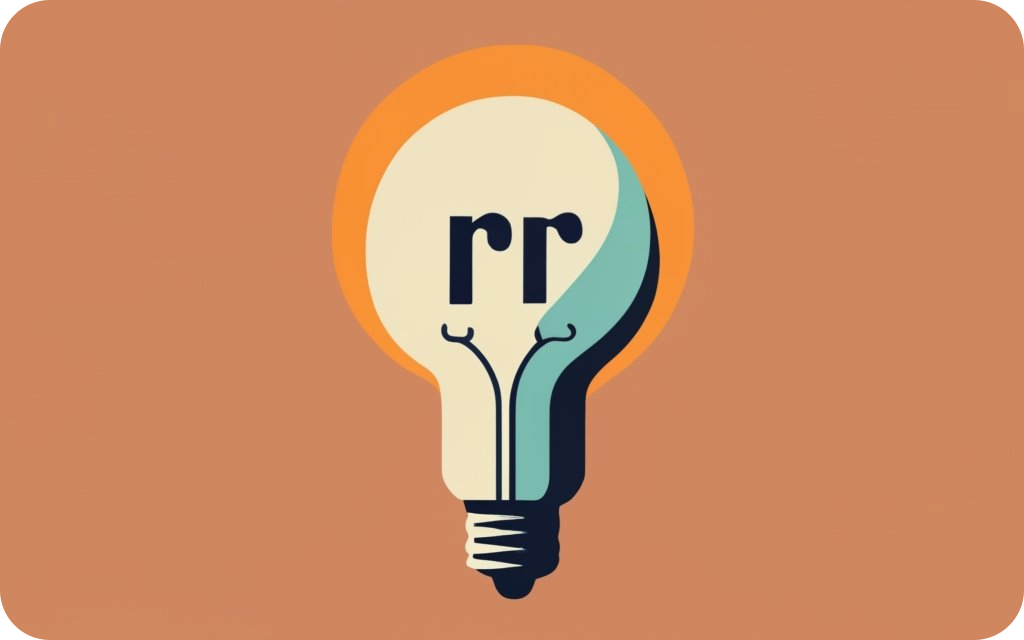[This is a Premium Unlocked Post]
In the last 3 years, four companies had listed from the Indian Railways universe. While IRCON, RITES & RVNL had a decent listing, IRCTC went on to become a blockbuster. We wrote about IRCTC when it was added to the Multicap Portfolio in 2019.
There’s a new kid on the block. The lending arm of Indian Railways, IRFC is opening its IPO on Jan 18th.
Should you subscribe?
Short Answer: Most IPOs that launch in overheated markets tend to also be overpriced and rely on market conditions to generate quick returns. We think this one is an exception.
The Offer:
- Issue size: 1,78,20,69,000 Equity Shares of Face Value 10/- each.
- Offer value: 4633.3 Cr
- Fresh issue 1,188,046,000 Equity Shares aggregating to 3088.9 Cr
- Offer for sale 594,023,000 Equity Shares aggregating to 1544.4 C
- IPO price: 25 – 26/-
- Minimum order: 575 shares
- IPO dates: Jan 18th to Jan 20th, 2021
- Quota: 50% for QIB, 35% for Retail investors & 15% for Non-Institutional category.
- Listing date: Probably on Feb 1st, 2021
- Equity shares outstanding prior to the issue: 11,880,460,000 of FV 10/ each.
- Equity shares outstanding post issue: 13,068,506,000 of FV 10/- each.
The fresh issue of 3088.9 Cr will be used for strengthening the equity capital base & to meet the growth capital for the future.
About Industry
Indian railways in the fourth longest rail network in the world with a revenue of Rs. 1.83 trillion ($26.2 bn) for FY2020. It operates a total running track of 96,552 km. It is divided into 17 zones and operates more than 19,000 trains per day( 12,000 passenger trains & 7,000 freight trains)
The Indian Railways earns its internal revenue primarily from passenger and freight traffic.
Freight Volumes
Freight remains the major revenue segment for the Indian Railways. It utilises 1/3 rd of its capacity and generates 2/3rd of the revenues.
Currently ~30% of total freight traffic (in terms of tonne kilometres) of India moves on rail. Nine commodities including coal, iron, steel, iron ore, food grains, fertilisers and petroleum products support freight business.
- Coal is the highest contributor with 45.84% of Freight revenues
- Cement comes distant second with 8.47%
- Iron ore & Food grains stand at third & fourth positions with 7.76% and 7.40% respectively (as of fiscal 2018).
Passenger Traffic
Passenger trains utilise two-thirds of capacity but generate only one-third of the revenues. Train travel remains the preferred means for long-distance travel for a majority of Indians. With urbanisation & increasing population, the passenger traffic is expected to grow further.
The British made significant investments in building the railway infrastructure. Post Independence, the network growth of the Indian Railways was constrained due to lower investments.
The Indian Railways face issues with overstretched infrastructure. Around 60% of the routes have more than 100% utilisation.
The need for capital investments
In the last 70 years, freight loading grew by 13 times, passenger kilometres grew by 16 times. However, the route kilometres grew only by 23%.
- The Golden Quadrilateral linking Delhi, Mumbai, Chennai and Howrah along with its two diagonals between Delhi and Chennai and Mumbai and Howrah, accounts for only 16% of the Indian Railways’ route network, but more than 58% of revenue earning freight traffic.
- The existing routes between Howrah and Delhi (eastern corridor) and Mumbai and Delhi (western corridor) are highly saturated. To address this issue, Ministry of Railways had decided to develop a Dedicated Freight Corridors (“DFC”) for freight movement.
- Western DFC (1504 km) and Eastern DFC (1,856 km) when commissioned, are expected to take up more than 70% freight traffic on to their routes.
Rolling Stock
- The Indian Railway’s locomotive fleet has seen significant changes over time. Initially, led by steam locomotives and diesel. Now Electric locomotives are rising in demand.
- There has been raise in demand for Electric multiple unit (“EMU”) & Diesel electric multiple units (“DEMU”) driven by increase in suburban traffic.
- Wagons manufacturing got a boost post the economic reforms in early 1990s. The annual production capacity had reached 26,000 as of 2019.
About the company
IRFC is the dedicated market borrowing arm of Indian railways. Its primary business is financing the acquisition of rolling stock. They finance the rolling stock, lease it to Ministry of Railways and collect rental payments on timely basis.
It is the largest financier for Indian Railways with a contribution of 48.2% of total fund raise in FY20. As of March 2019, IRFC had financed 85.4% of Locomotives, 85% of passenger coaches & 70.4% of wagons held by Indian Railways.
- They operate on a cost-plus based model.
- IRFC enters into a Standard Lease Agreement with Indian Railways / Ministry of Railways.
- IRFC acts as a lessor of the Rolling stock. They are the legal owners of the assets.
- The lease period of Rolling Stock Assets is typically 30 years.
- In the first 15 years, principal amount will be paid back.
- For the second 15 years, IRFC charge a nominal interest rate (~7.8% to 8.4%) to the Indian Railways.
- At the end of 30 years, the assets are transferred to the Ministry of Railways for a nominal price.

*Image Source: IRFC DRHP
Financials
- AUM had grown at 17.5% CAGR in the last 3 years from 1.23L Cr to 2L Cr as of FY20.
- NII had grown at 11.8% CAGR from 2095 Cr to 2927.8 Cr as of FY20.
- Even being a Government entity, the Cost of Borrowings are on higher side at 7.09%.
- While other NBFCs struggle with Cost to Income at mid double digits, IRFC stands at 0.73%. This is because of lower costs, very high ticket loans & nearly zero capex.
- The company hasn’t reported any NPA in the last 3 years.
- NIMs had contracted 20 bps in the last 3 years from 1.8% to 1.6%.
- Return on Assets had improved from 0.7% to 1.2% from FY18 to FY20.
- PAT had grown at a CAGR of 34.7% from 921 Cr to 2254 Cr as of FY20.
- The company has a strong capital adequacy with Tier 1 Capital at 303.7%.
The company has long term AAA rating from all major credit rating agencies.
The weighted average cost of borrowings factors in hedging against foreign currency & interest rate fluctuations.
The total AUM consists of:
- 60.8% of lease receivables for Rolling stock
- 2.56% of loans to other PSUs
- 36.6% of leasing project assets
The company has strong Asset Liability management. They have positive ALM from 1 month to 5 year tenure.
There is a cap on their margins. They are entitled for 40 bps over the weighted average cost of borrowing for financing Rolling stock & 35 bps for Project assets.
View & Valuation
At an upper band of Rs 26/- the company is looking at a valuation of 33,978 Cr market cap. This gives us a PE of 10.8 times. They have ~580 Cr of Net tax asset & unabsorbed deprecation. Because of which the PAT has boosted for this year. We can expect a PAT of approx 3300 – 3500 Cr for next year. This will give us a one year forward PE of 9.7.
The Book value per share, from the net worth of Rs. 31,500 Cr. is about Rs.26 per share, which means you are paying about 1x book.
The valuations are not expensive in our opinion.
The company should not be valued on AUM basis, given the leasing & asset transfer business model. The margins will remain in range given the cap on the spreads.
Finally,
It is very rare to see a strong IPO with reasonable valuations in current market conditions. The management had left something for the investors on the table. One can subscribe for the IPO.
Given the growth prospects in Indian Railways and the strong fundamentals of the company, it can also be considered for long term as well.
Since our analysis is purely about the IPO, and does not consider your specific financial goals and risk profile, please consult an Investment Advisor before taking any action.
To get full access to our premium research, model equity and debt portfolios, and vibrant member forum, subscribe to Capitalmind Premium.













